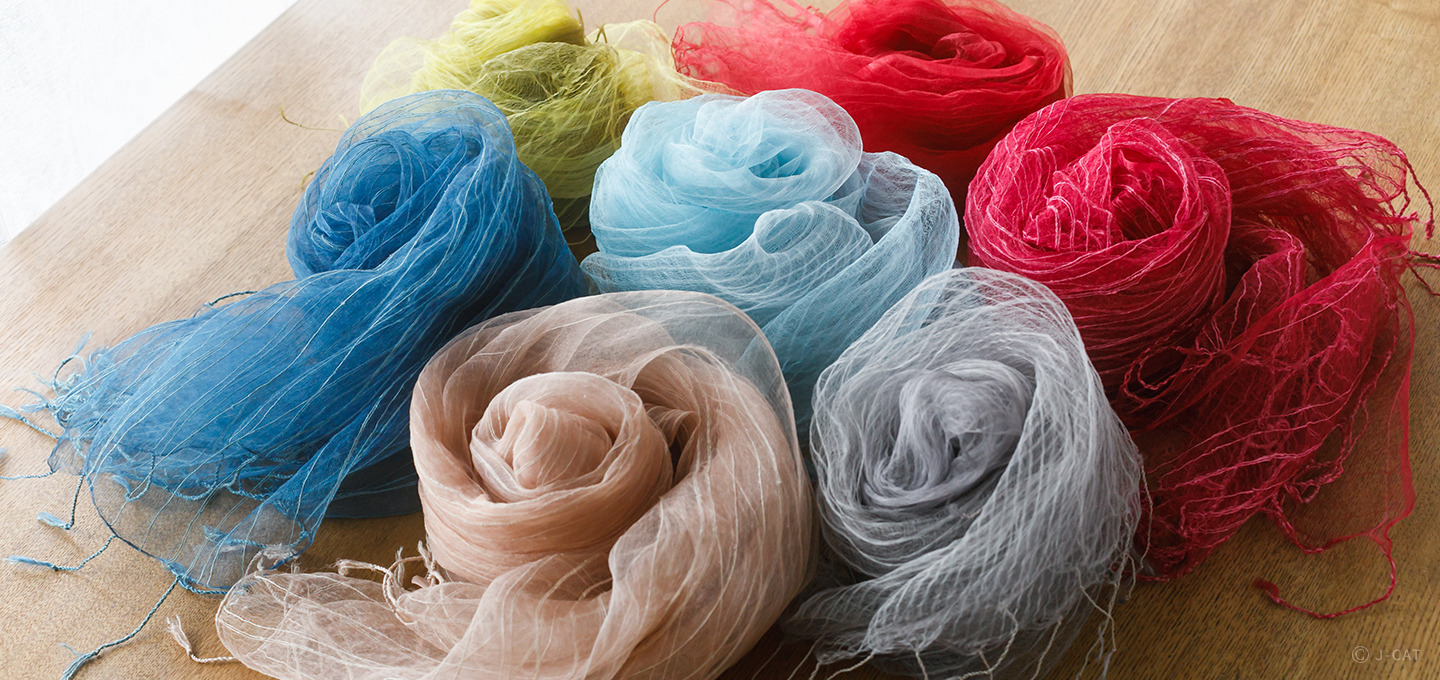
Special Experience
Nara
Exclusive Nara Dyeing Experience: Craft a Scarf Steeped in Centuries of Tradition
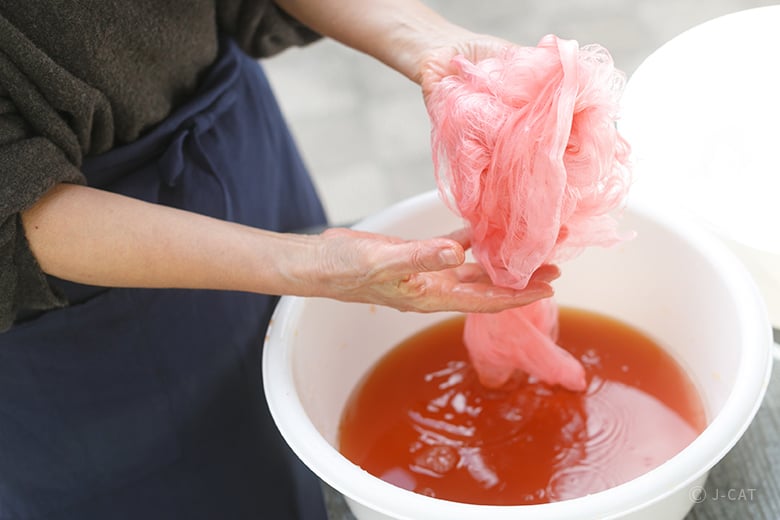
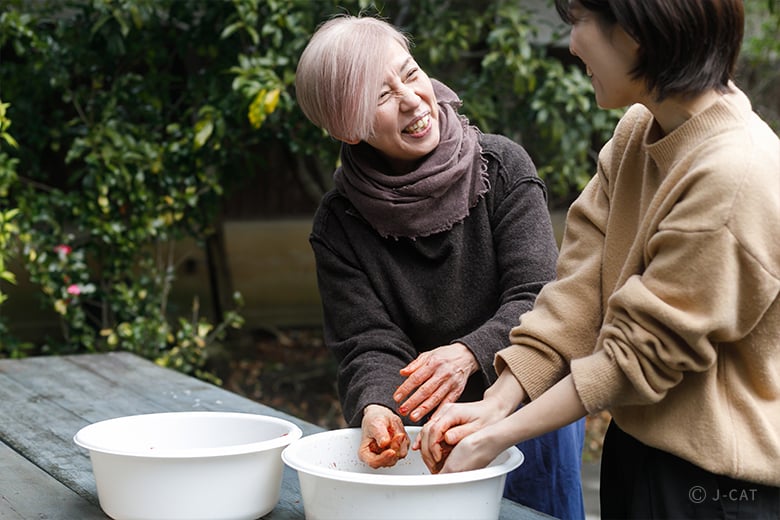

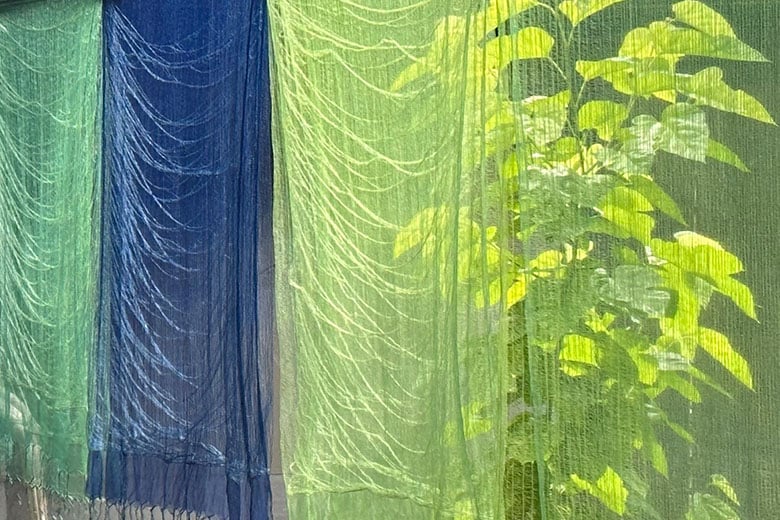
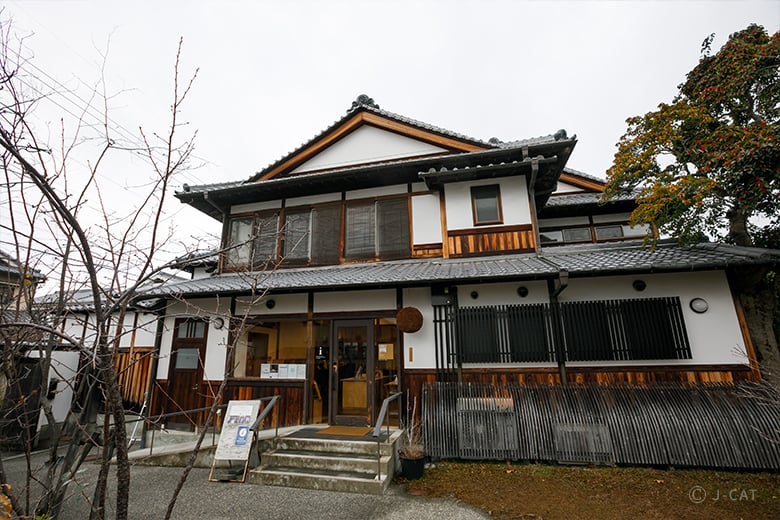
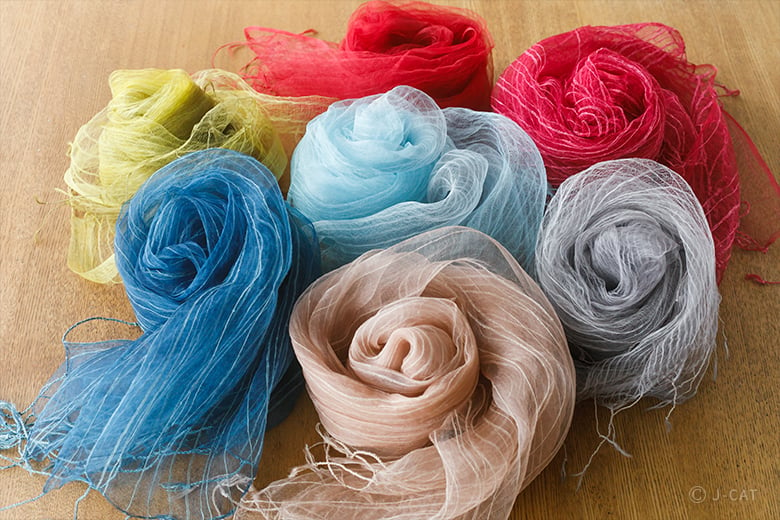
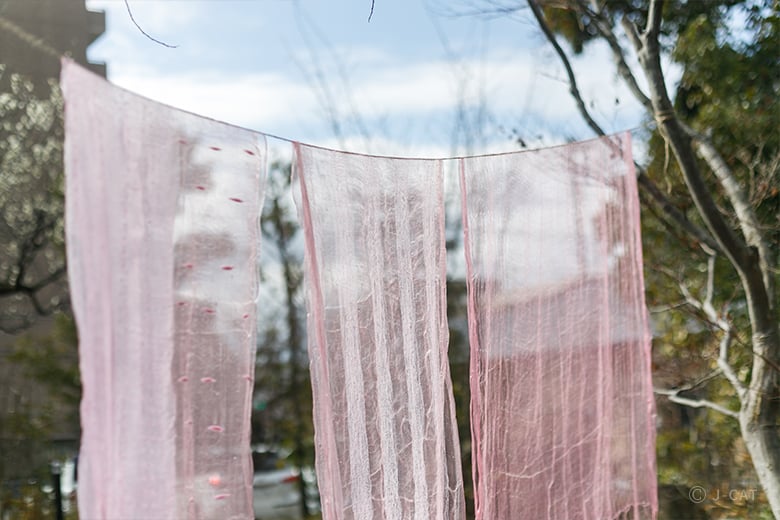
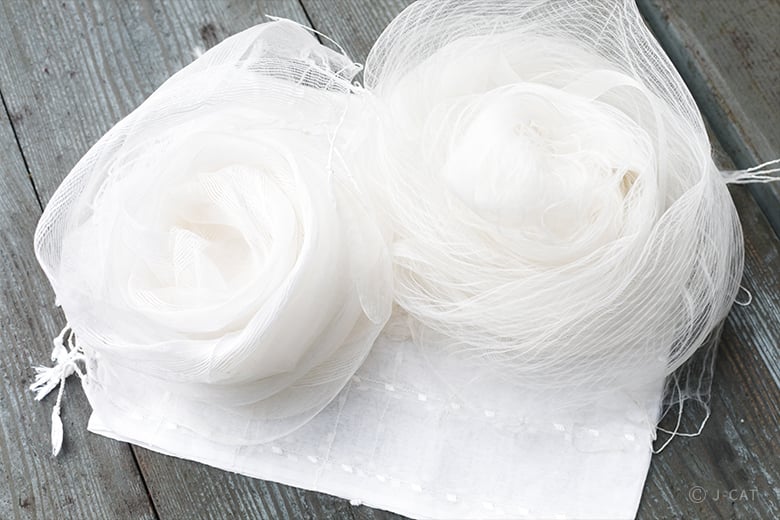
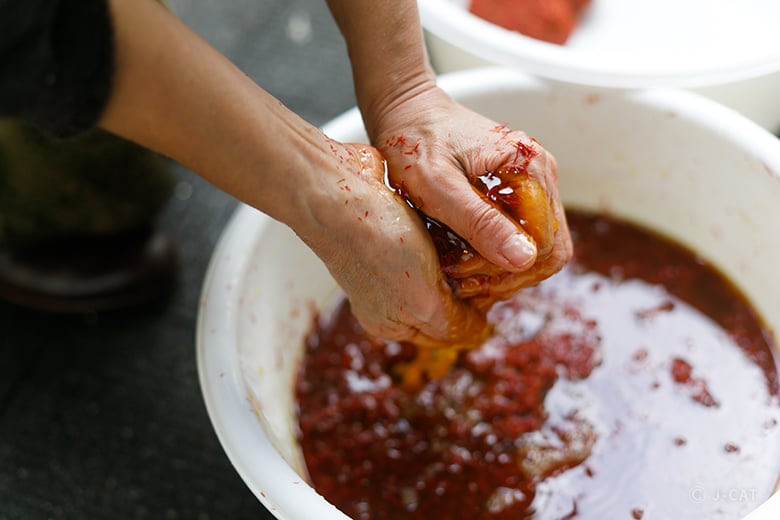
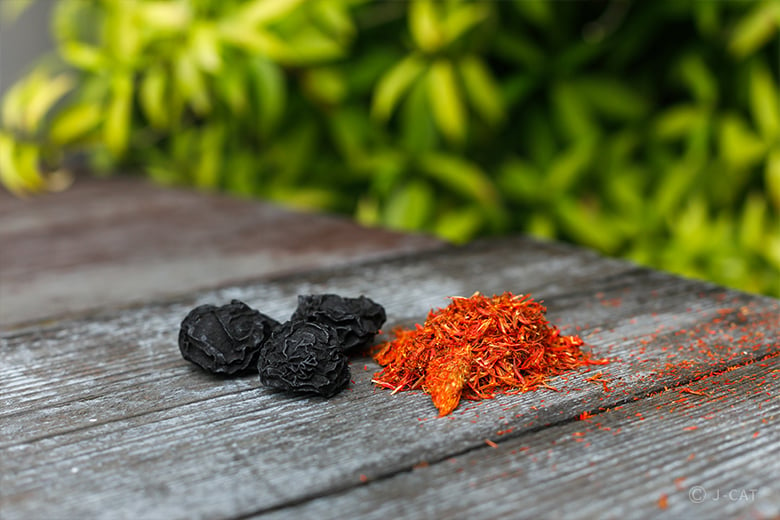
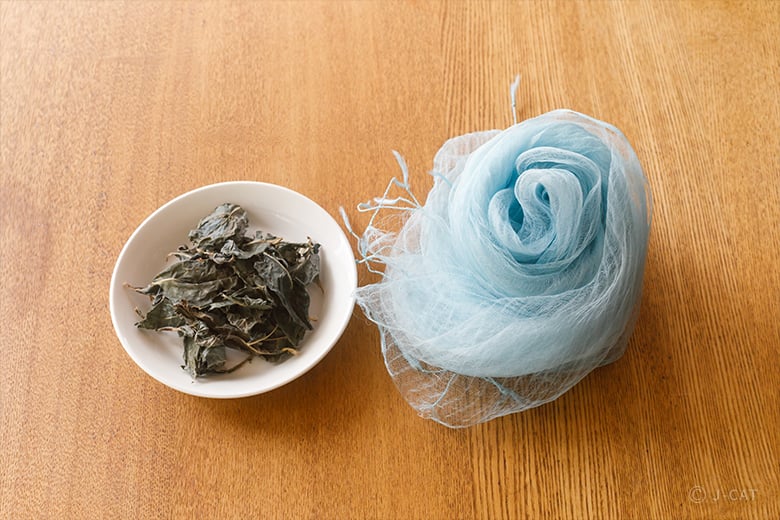
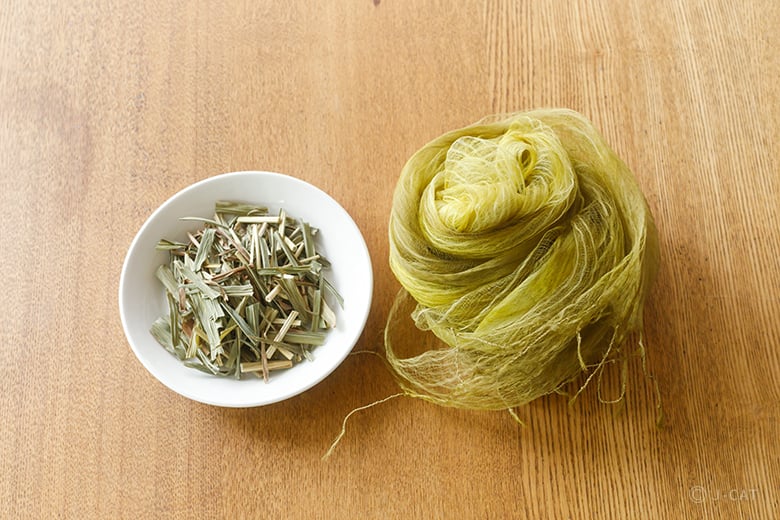
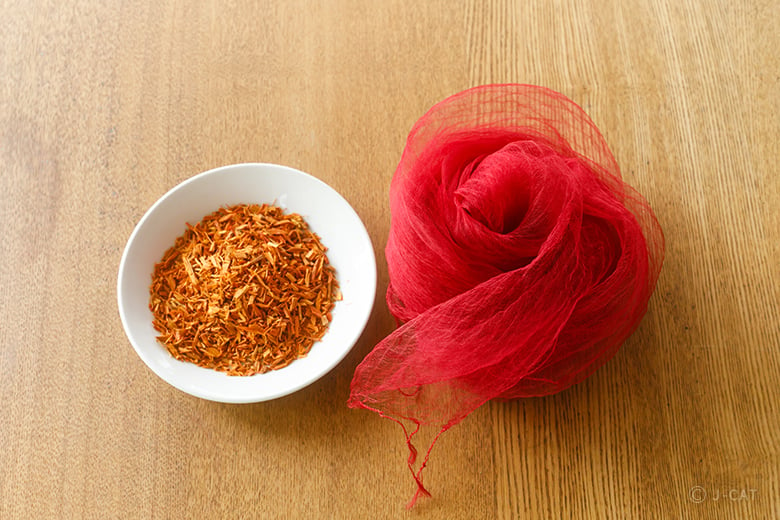
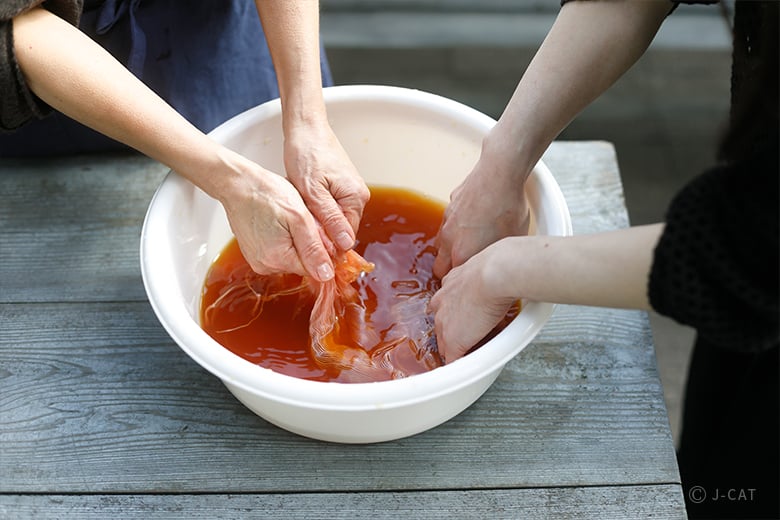
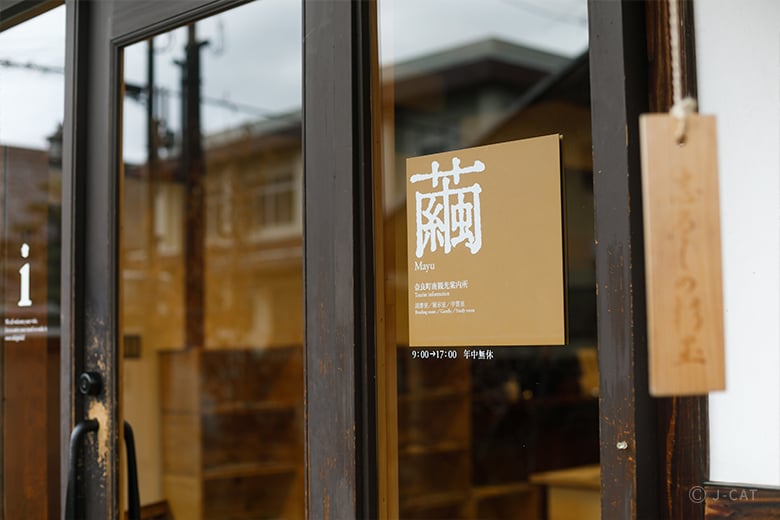
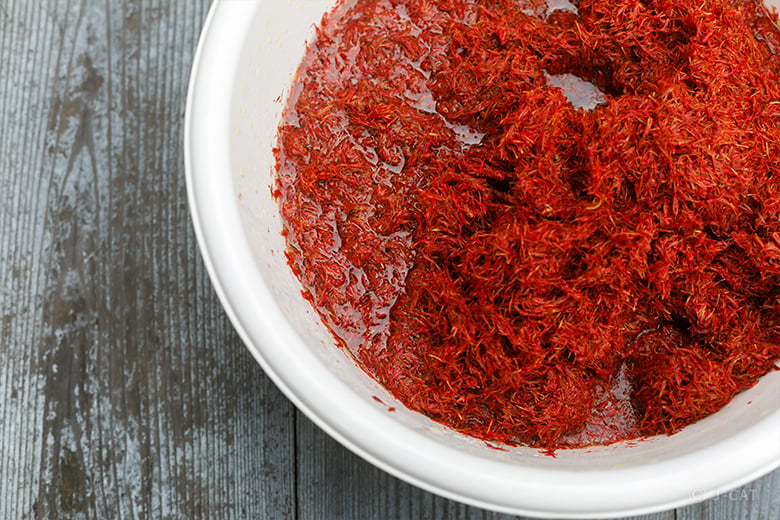
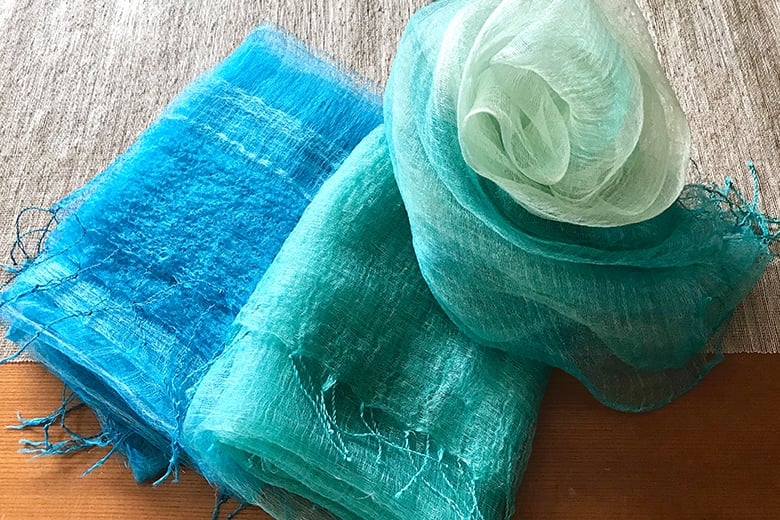
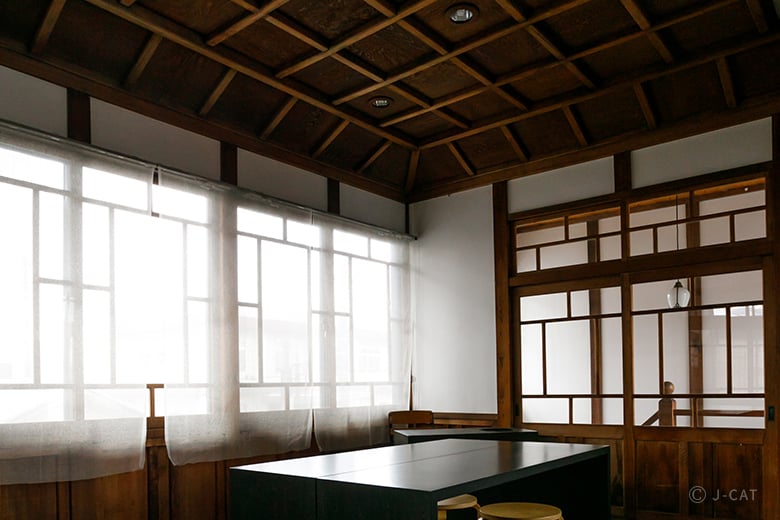
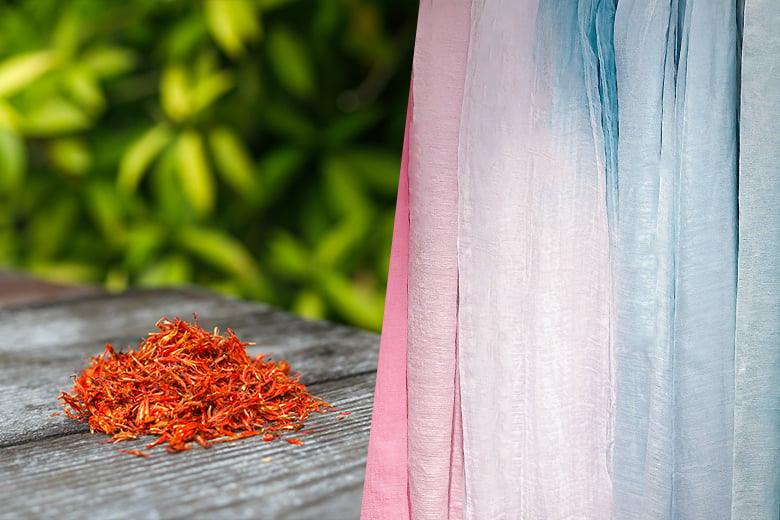
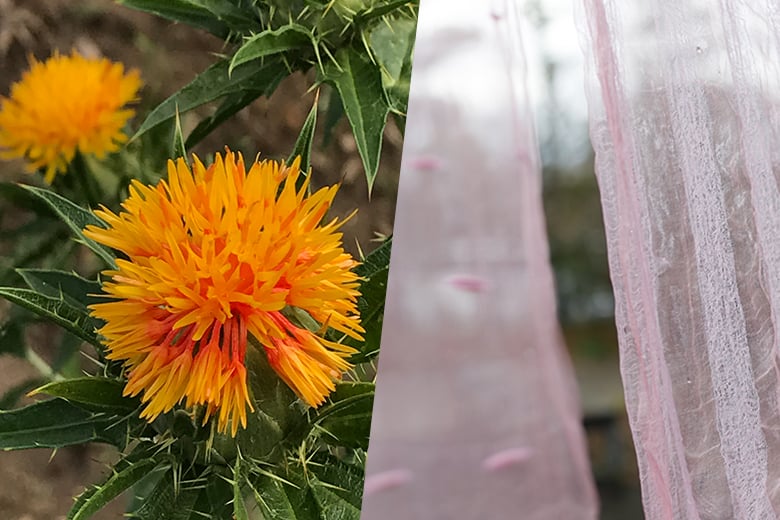
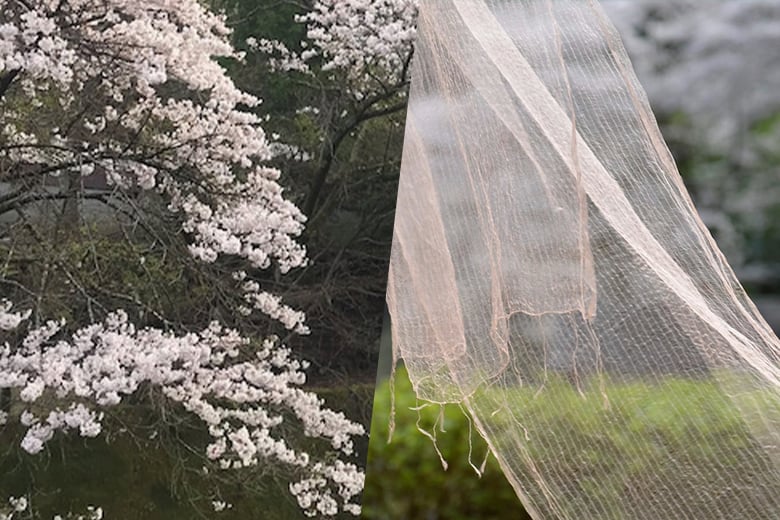
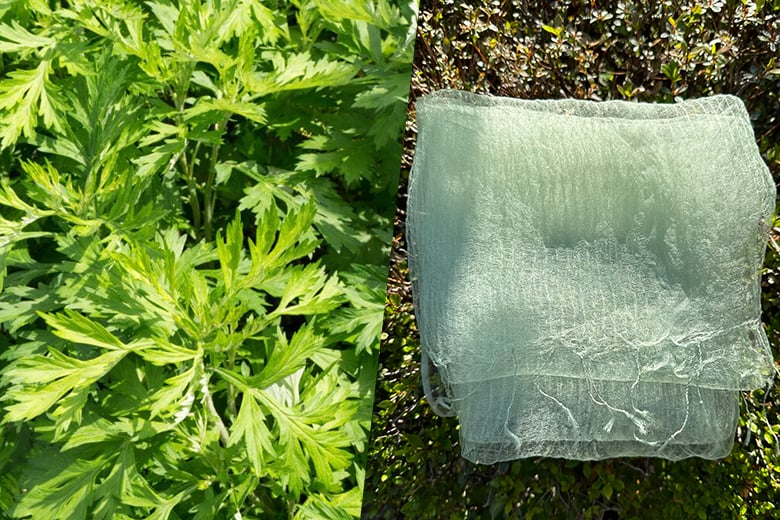
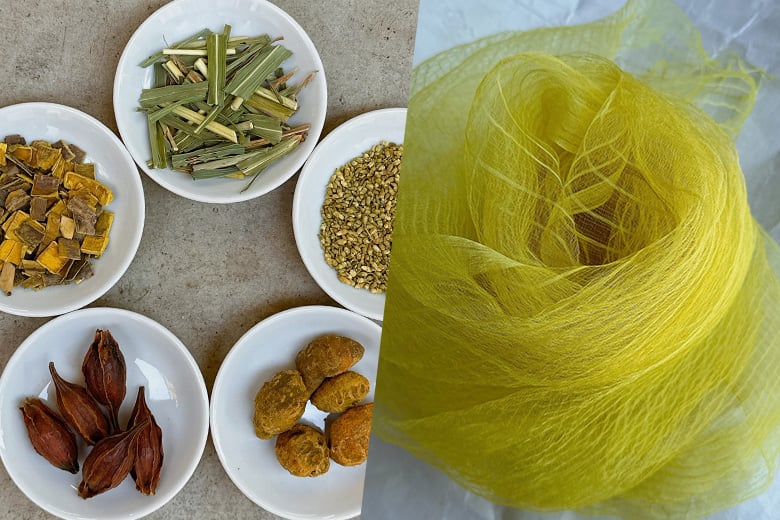
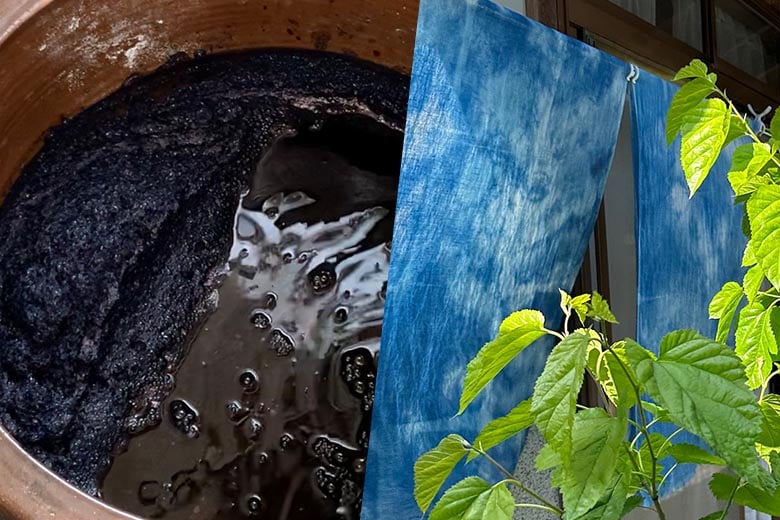
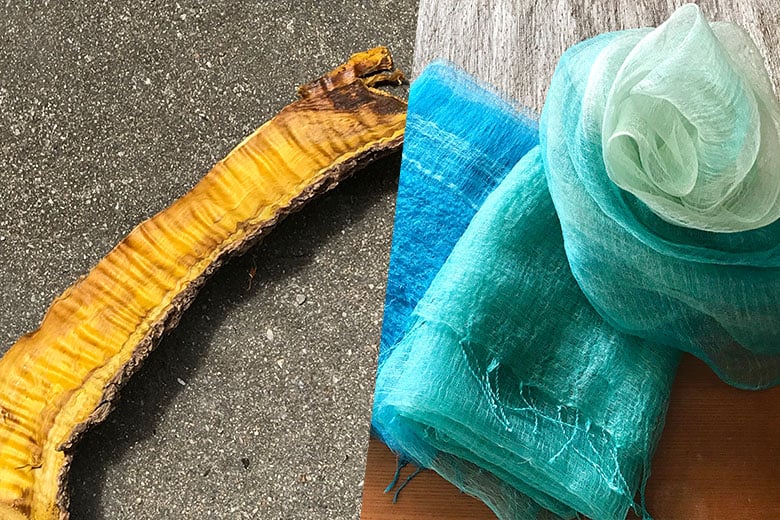

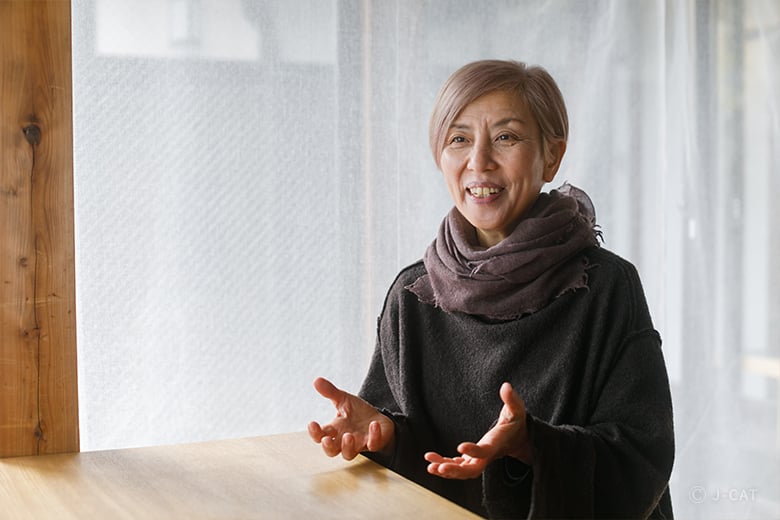



























Overview
Immerse yourself in Japanese tradition in ancient Nara at a Wabunka exclusive experience with the master dyer of the Utsusemi Kobo, a dyeing workshop. Learn the centuries-old craft shaped by Japanese seasons and the land itself, and experience authentic traditional dyeing firsthand by extracting natural pigment from various plants and crafting your own silk scarf with one-of-a-kind colors of nature woven right into it. The experience is held at Shika no fune Mayu, a cultural hub founded to facilitate the sharing of Nara’s traditions and the charms of life in the region with visiting travelers.
Key Features
・Extract pigments from seasonal plants and experience authentic Japanese dyeing firsthand during this rare Wabunka-exclusive experience
・Craft your own dyed silk scarf that you can take back home with you the same day
・Learn directly from master dyer Hiroko Utsunomiya and let her take you on a journey into the heart of Japan’s ancient dyeing techniques
Nara
160mins
from ¥37,000 /person
1 - 6 participants
Available in English
Cancel free up to 4 days prior
Details
One-in-a-Lifetime Colors Born from Seasonal Plants
Nara, Japan’s ancient capital city, is the cradle of Japanese history and culture, as well as home to many wonders like the Historic Monuments of Ancient Nara World Heritage site, sacred mountains, forests, and more. Hiroko Utsunomiya, who moved to Higashiyoshino and operates the Utsusemi Kobo, a dyeing and textile workshop in the southeast of the prefecture, helps safeguard a part of Nara’s rich cultural heritage. Around 96% of this mountain village is covered by forests, which are a treasure trove of natural plant dyes.
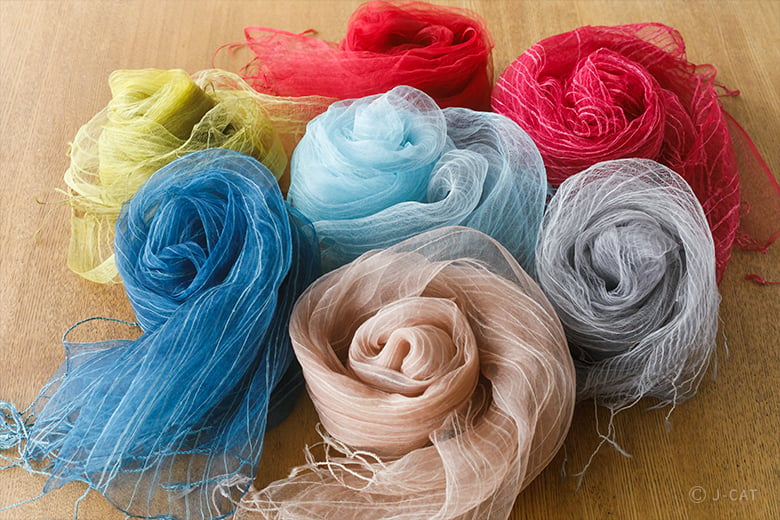
Plant dyes produce unique colors and soft textures that you only find with natural materials
At Utsusemi, Utsunomiya spins silk from silkworms and colors it using all-natural dyes made from plants, flowers, and trees using ancient techniques. Each shade is a unique reflection of Japan’s seasons and cannot be replicated exactly. The master craftswoman manages to capture the life of each plant in fabric and spreads her joy of these “once-in-a-lifetime” creations through workshops and exhibitions.
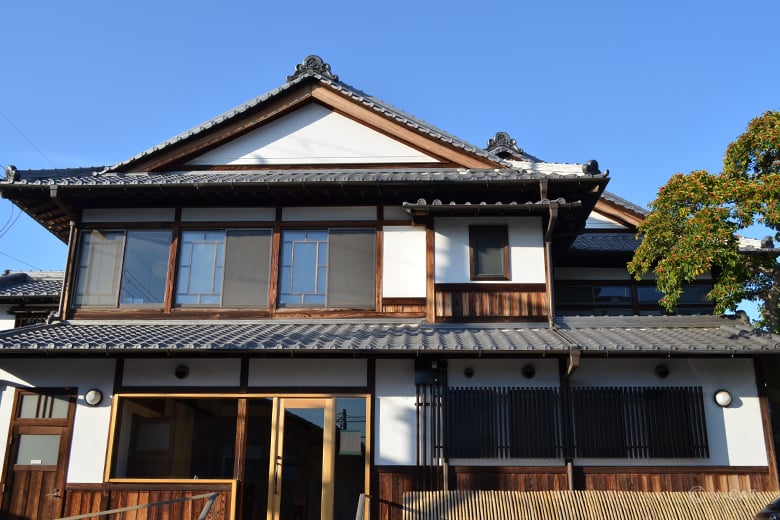
The Shika no fune venue is a popular tourist spot housed in a renovated, charming building dating back to the early 1900s
The dyeing experience takes place at Shika no fune, a complex that promotes the beauty and traditions of Nara. The Mayu facility offers curated regional experiences, educational insights, and tourist information with a focus on lifestyle and culture. Shika no fune is also home to Kamado, a dining and grocery shopping space with a focus on regional flavors, and Saezuri, a café-gallery combining Japanese art and hospitality.
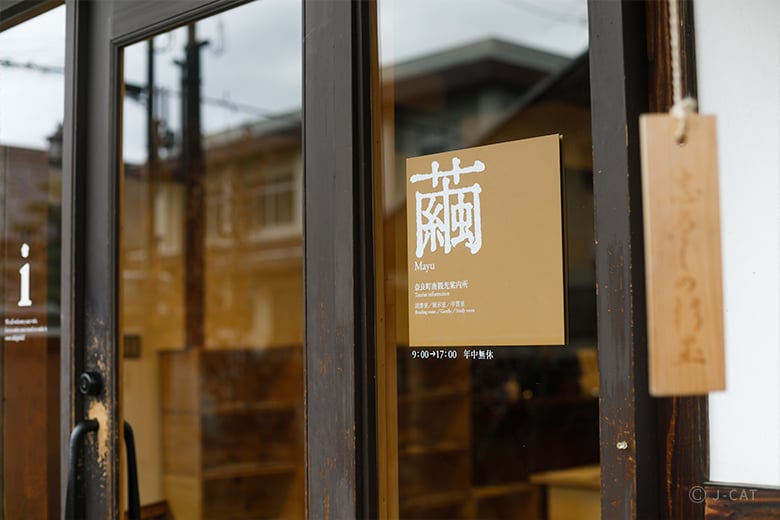
Mayu additionally features a unique reading room with circular bookshelves, as well as an exhibition space housed inside a renovated warehouse
The complex is the work of renowned space designer Yukiko Ishimura, the celebrated owner of Kuruminoki, one of Nara’s most beloved café-and-lifestyle establishments. Ishimura’s refined sense of comfort and harmony are one of the highlights that continue to bring visitors to Shika no fune.
Turning Nature into Color: Rediscovering the Joy of Handicrafts
The experience begins by creating natural dye. Depending on the type of seasonal plant, you will gently rub or simmer the offerings of Nara nature in water to carefully draw out their unique pigments. The subtle scent of natural dyes, the vivid changes in colors, and the delicate texture of the bounty of nature in your hands will surely awaken a connection with the natural world within you, helping you rediscover the quiet joy of handicrafts that so often gets lost in the modern world.
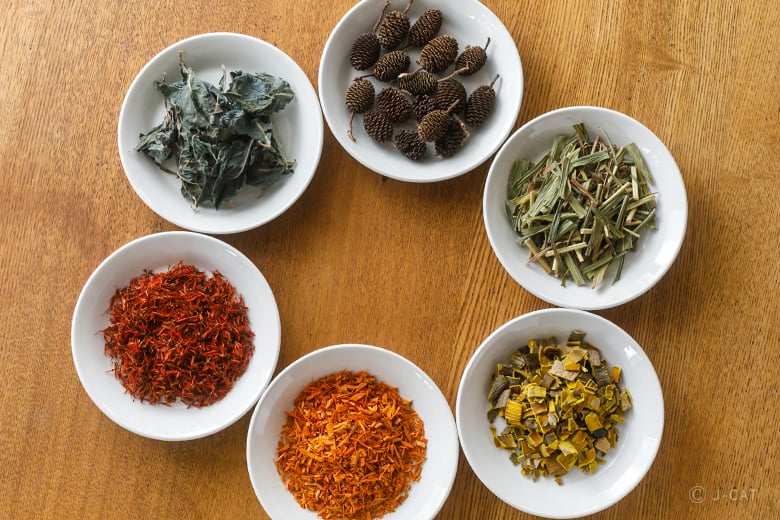
Seasonal plants used in dyeing
“Working with your hands engages all five senses, allowing you to forget your worries. It is almost like therapy,” says Utsunomiya. You will also learn about the medicinal properties of plants and the history of ancient Japanese colors during the experience.
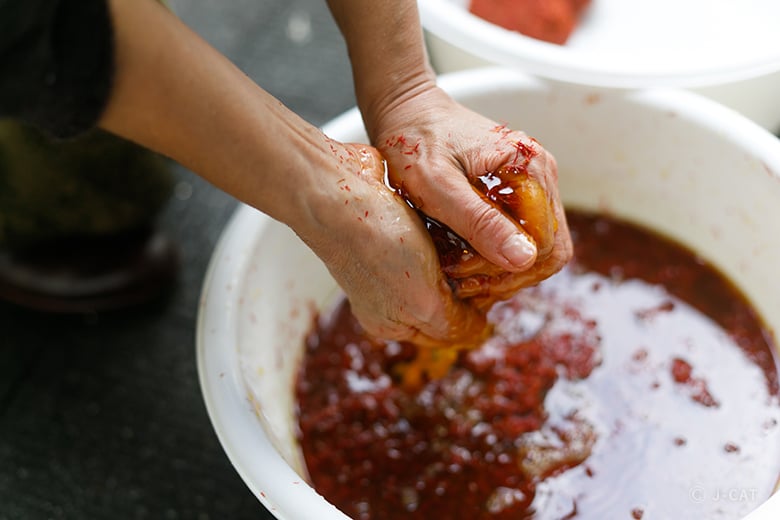
The water takes on the color of the dye plants and trees
Plant dyes come in a seemingly endless range of colors, from the shades of cherry blossoms to mugwort, the kihada tree, indigo, safflower, or chestnut. “Once you learn the basics and start dyeing on your own, life will never seem the same. I want people to widen their worldview with this experience,” Utsunomiya explains, her passion woven into every word and action.
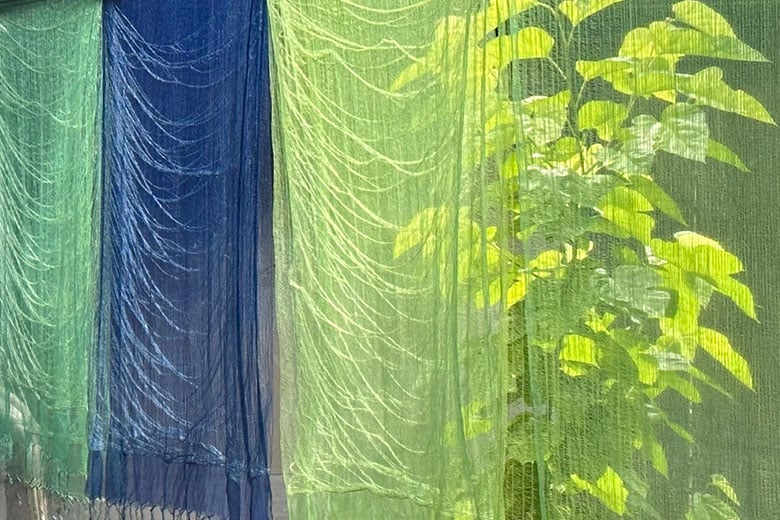
After preliminarily dyeing the fabric yellow with kariyasu grass or the kihada tree, indigo is applied to create a light green color
Marvel at Pure White Silk Taking on Spellbinding Colors
After extracting the dye, it will be time to color. Each scarf is handwoven from silkworm cocoon-silk, making it light as air and as white as snow. Its soft texture feels amazing against the skin, making it the perfect material for a piece of clothing meant to be worn around the neck.
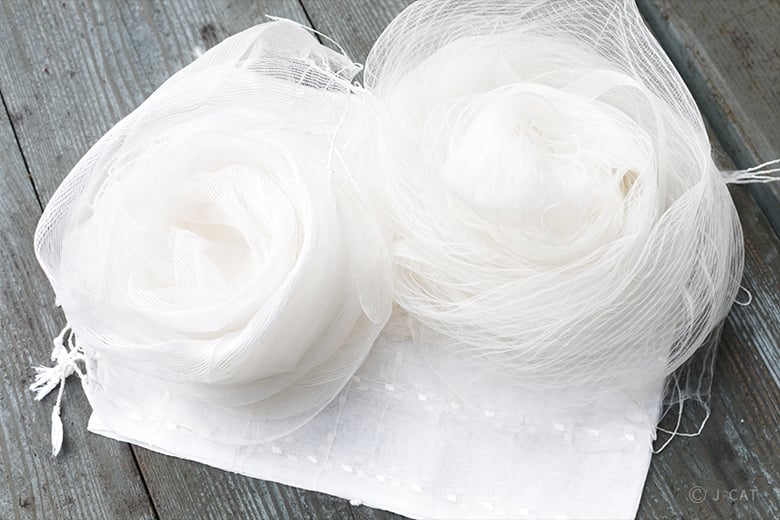
Choose a silk scarf pattern (such as stripes or waves) that best suits you
Dip the silk into the dye bath and watch as it blooms open like a flower and takes on the colorful water’s soft hues. Then, keep gently spreading and dipping the fabric as the shades start to deepen, bringing to mind the changing of the seasons. Take the silk out once it has achieved the desired tone.
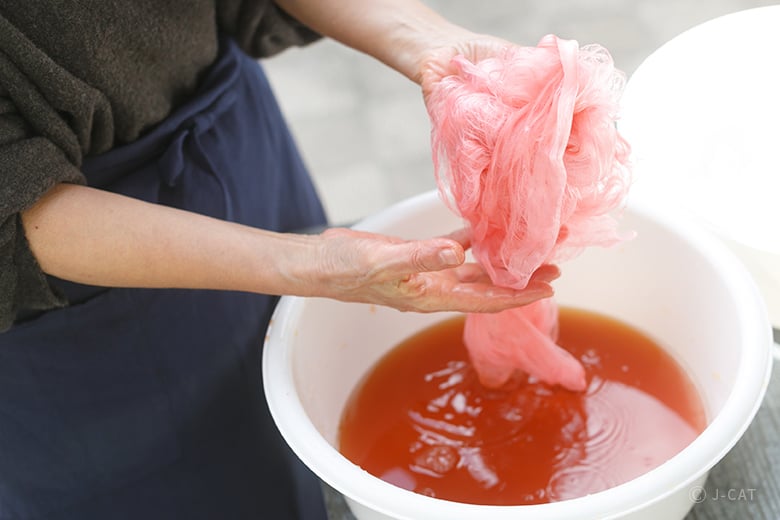
The intensity of the color depends on the length of the dye bath
Savor Chats with the Instructor and Japanese Tea in a Relaxing Atmosphere
Conversations with Hiroko Utsunomiya between the steps of the dyeing process add another dimension to the cultural experience. Born in Ehime Prefecture, she worked in Tokyo, studied abroad in New York, and managed a film company before moving to Higashiyoshino in 2017. She has lived many lives, and her stories, from what drew her to textile dyeing to the charms of country life, make her craft feel more personal and powerful.
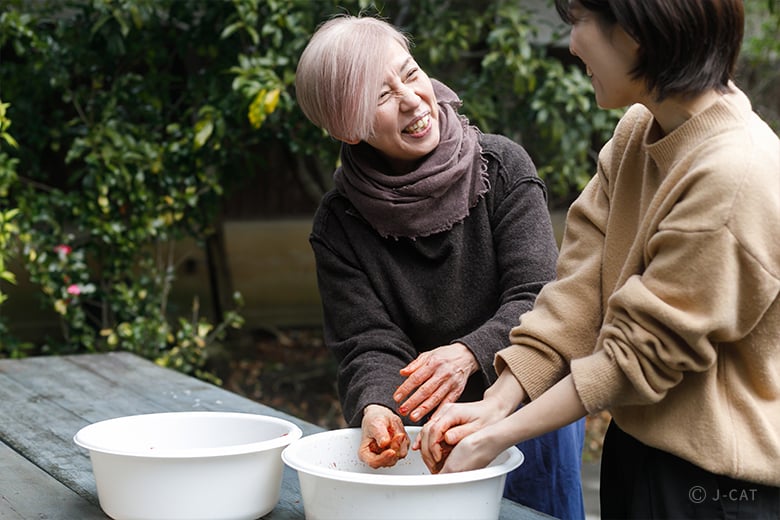
Learning the joys of living in harmony with nature through traditional Japanese dyeing
Once the workshop concludes, you can unwind upstairs with seasonal wagashi (traditional Japanese sweets) and rich Yamato tea grown in Nara. Be sure to savor the food as well as the warmth of the wooden furnishings and the soft natural light streaming through the windows before returning to the outside world.
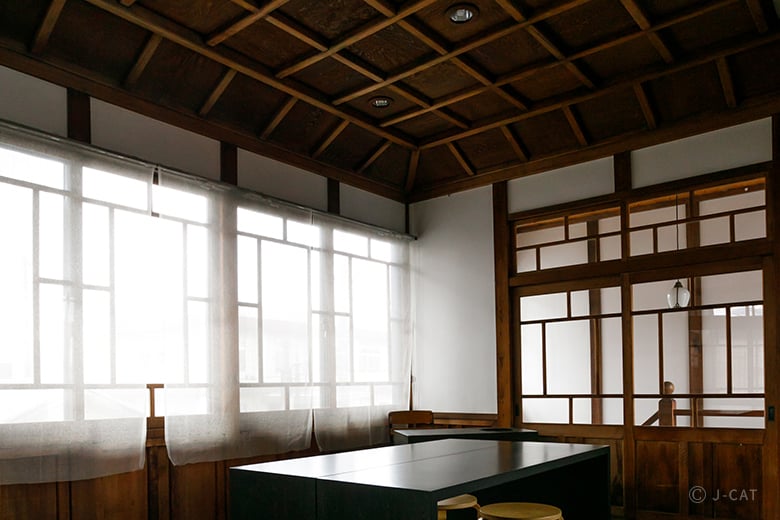
Relax in an inviting, comfortable space
A Color of Your Very Own
Nara, the cradle of Buddhist culture and traditional Japanese crafts, is a city immersed in history. Even amidst the hustle and bustle of the modern world, there are still places like this where you can feel the spirit of ancient Japan, one connected closely to nature, following the seasons, and offering a feast for the senses.
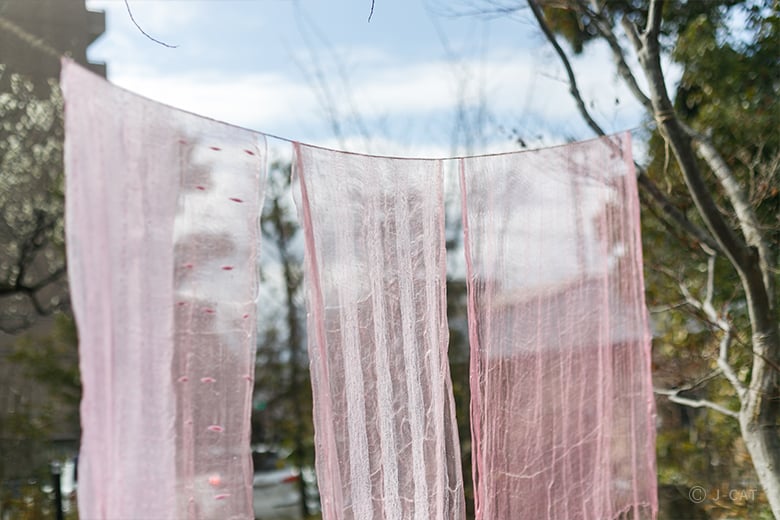
The dyed silk cloth fluttering in the wind is especially beautiful when the sun shines through it
Create a scarf that is yours and yours alone by dyeing all-natural silk with one-of-a-kind colors drawn from Nara’s ancient plants. There will never be another piece of clothing exactly like it because this one will be an expression of yourself.
Utsusemi Kobo Dyeing Studio / Shika no fune
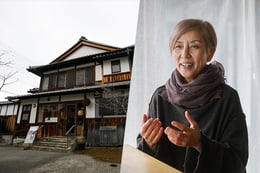
Utsusemi Kobo Dyeing Studio / Shika no fune
Utsusemi Kobo Dyeing Studio (Host)
Opened in 2017 in Higashiyoshino Village, Nara Prefecture, Utsusemi Kobo is the atelier of textile artist Hiroko Utsunomiya where silk is woven and dyed using traditional Japanese techniques. The studio offers plant-dyeing classes and residential workshop programs where participants learn how to live in harmony with nature. Using exhibitions and brand collaborations, Utsunomiya devotes her life to teaching people about the subtle beauty of Japan’s ancient colors created from the seasonal offerings of nature.
Shika no fune (Venue)
Housed in a renovated early-20th-century residence, Shika no fune is a cultural complex designed to share Nara’s timeless traditions and ways of life. It aims to be “a place that ferries people and ideas to their next destination,” befitting a place that has the word “ship” (fune) in its name. The Mayu facility functions as a tourist information center, a place to learn about life in the region, exhibition space, and reading room. Guests can also enjoy Kamado, a dining and grocery shopping space celebrating local flavors, and Saezuri, a café-gallery, all spearheaded by Yukiko Ishimura, the renowned owner of the popular Kuruminoki café.
Location
Shika no fune
Nara City, Nara
Request for booking
Select first preferred date (JST)
January 2026
Sun
Mon
Tue
Wed
Thu
Fri
Sat

Instant Booking

Request Booking

17
Full

17
Unavailable
Nara
160mins
from ¥37,000 /person
1 - 6 participants
Available in English
Cancel free up to 4 days prior
Things to know
Contact Us
If you have any questions, please contact us using the form below.
We also accept bookings from corporate clients and travel agencies.